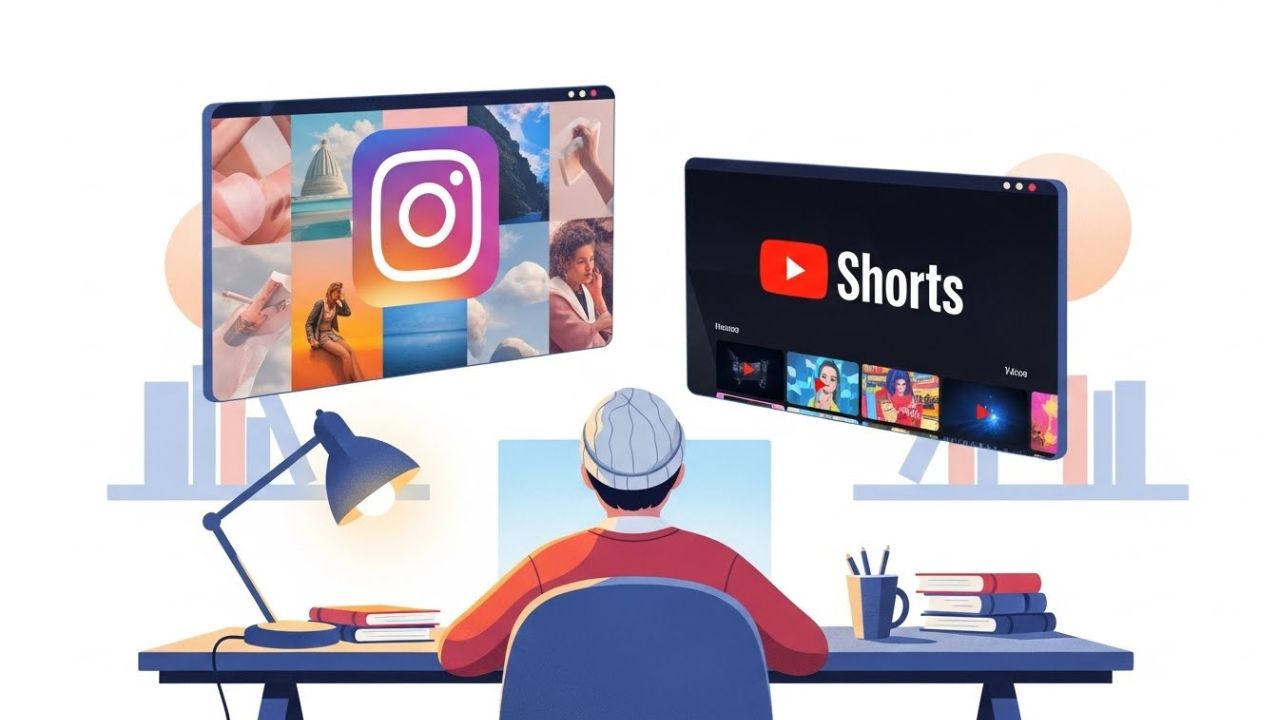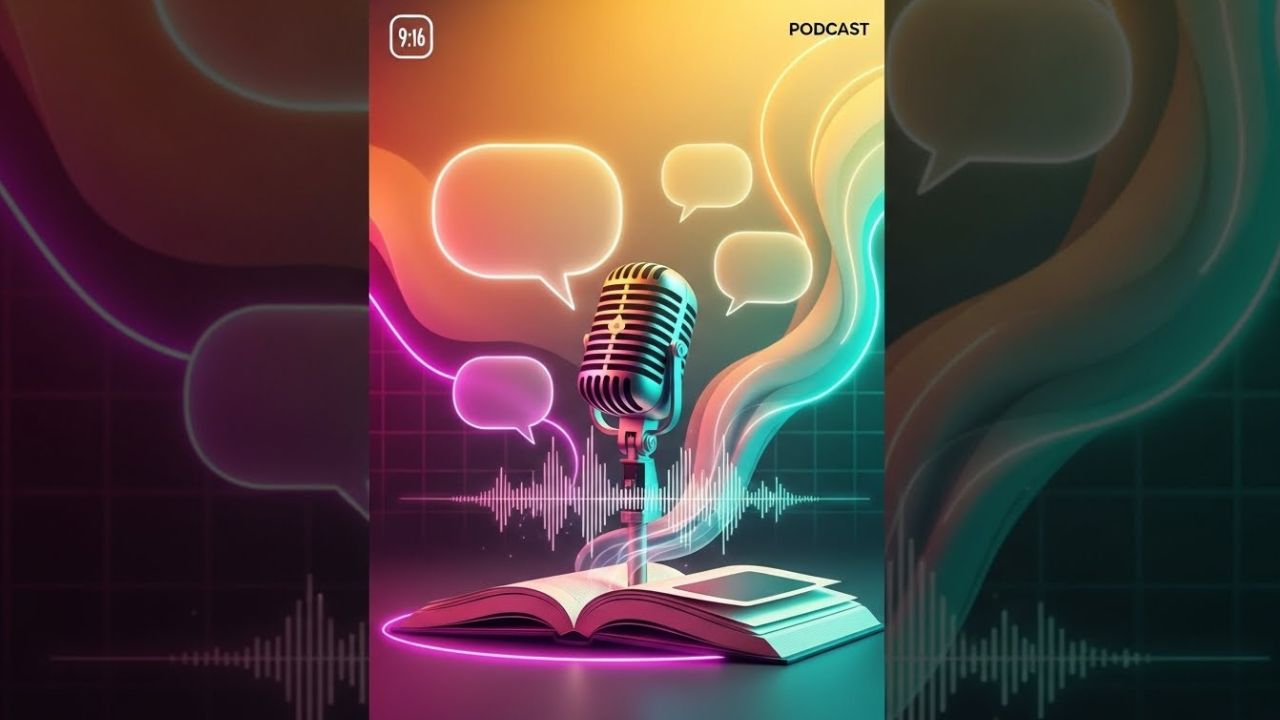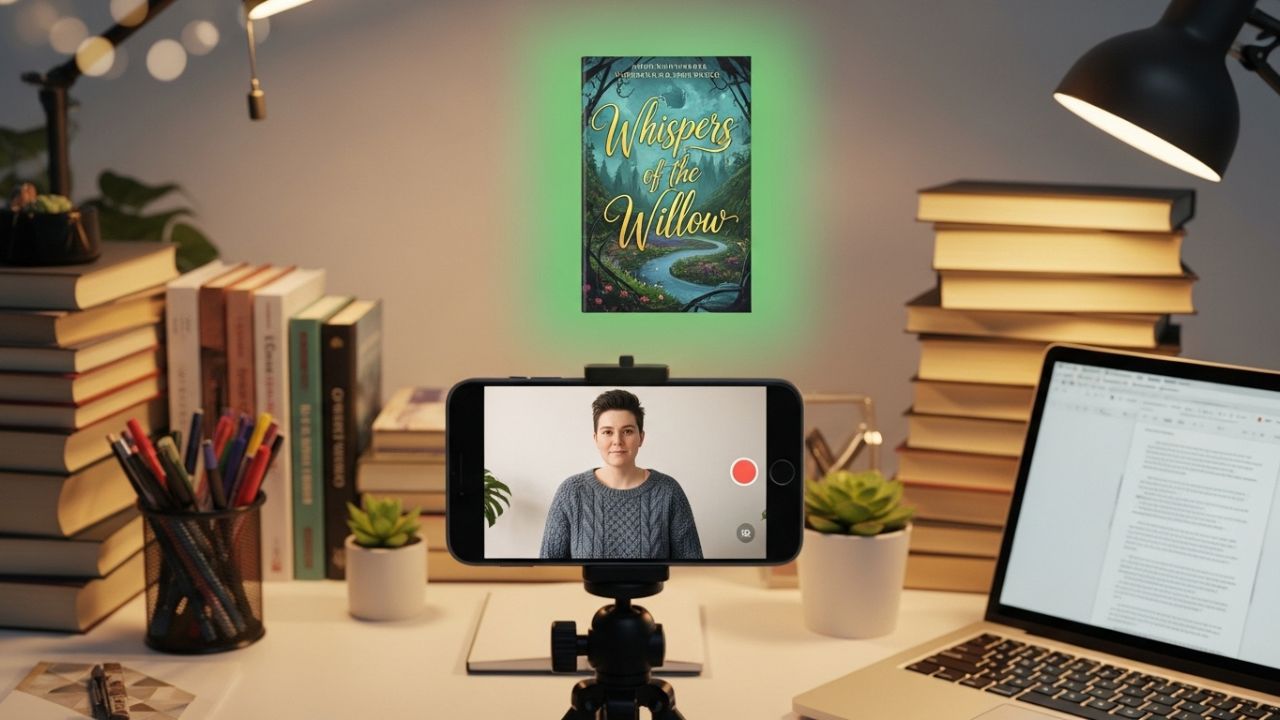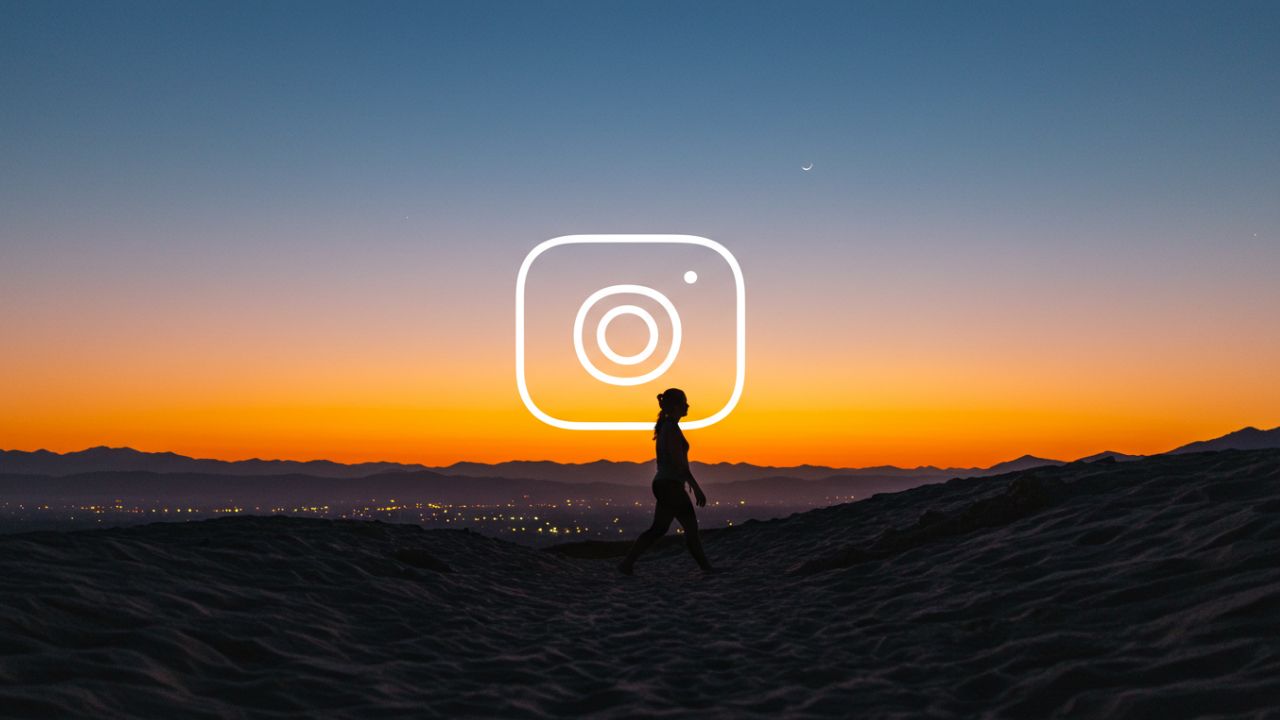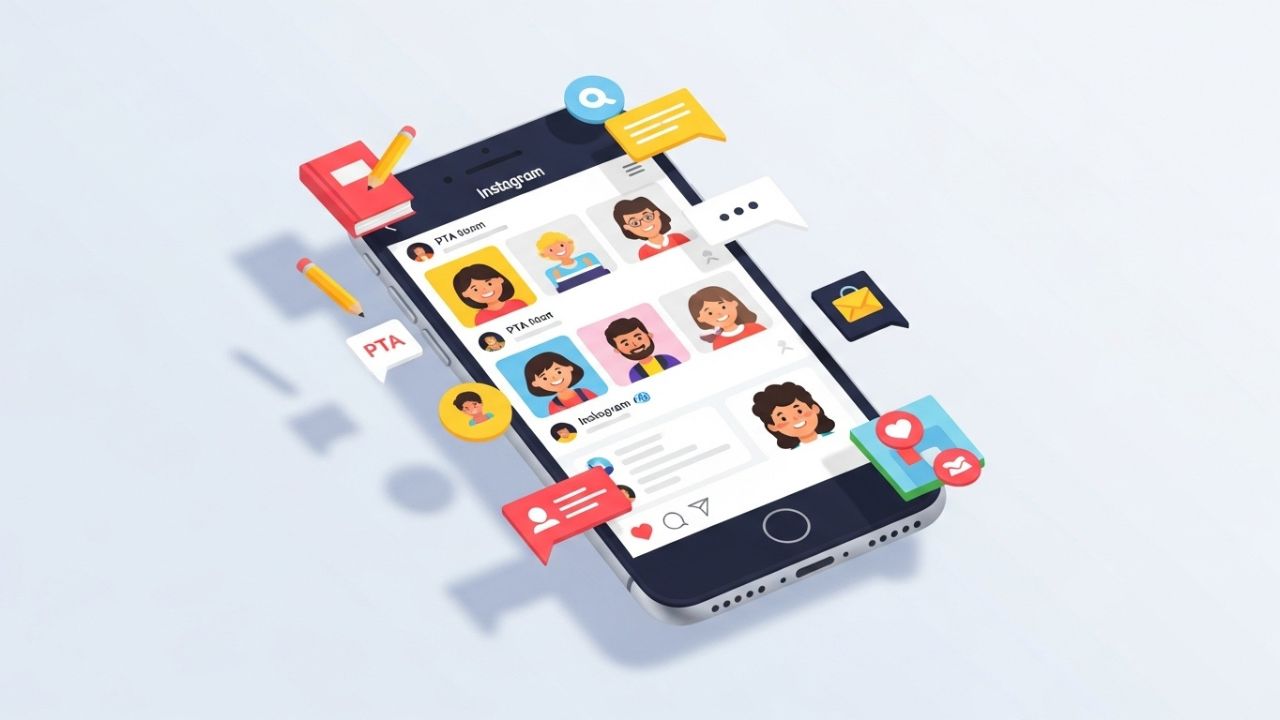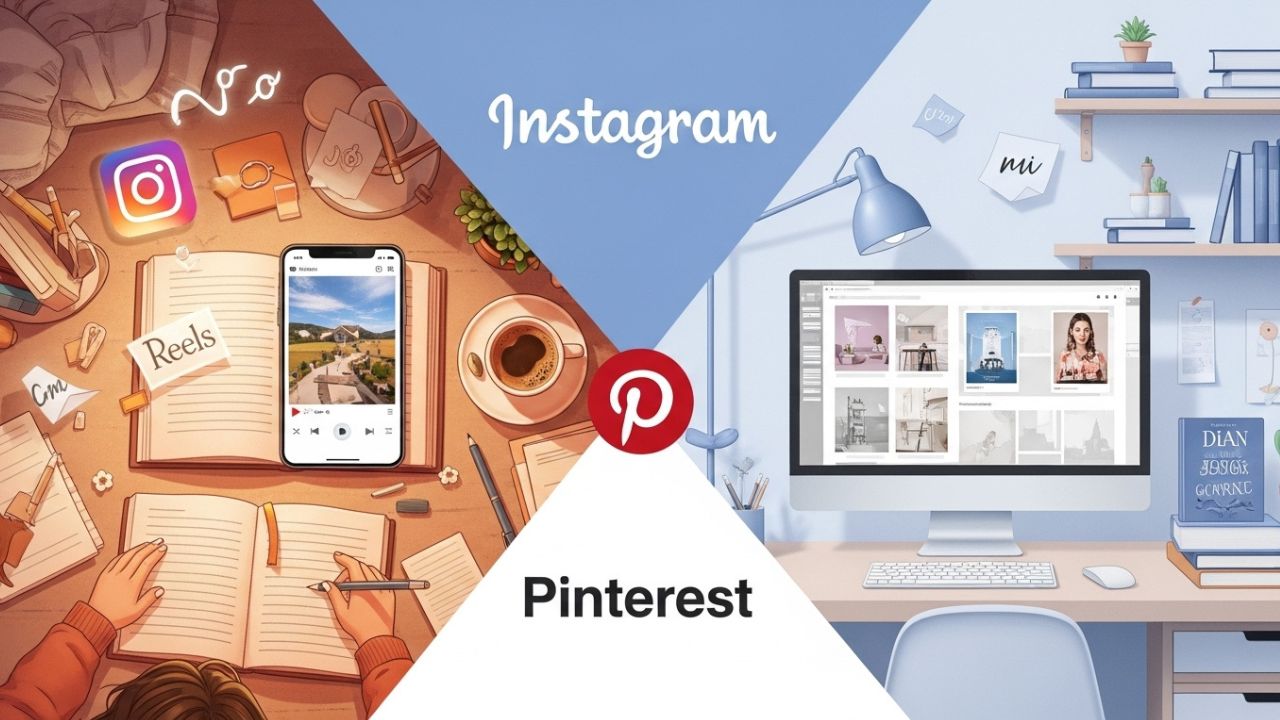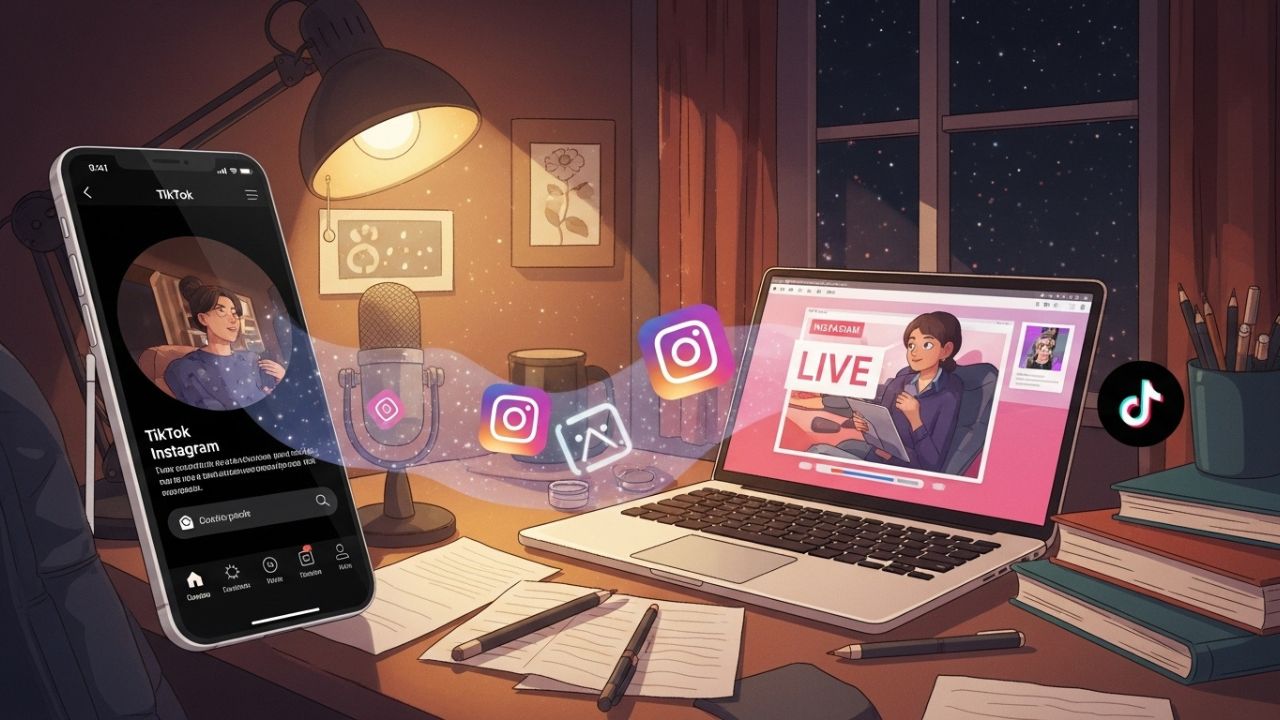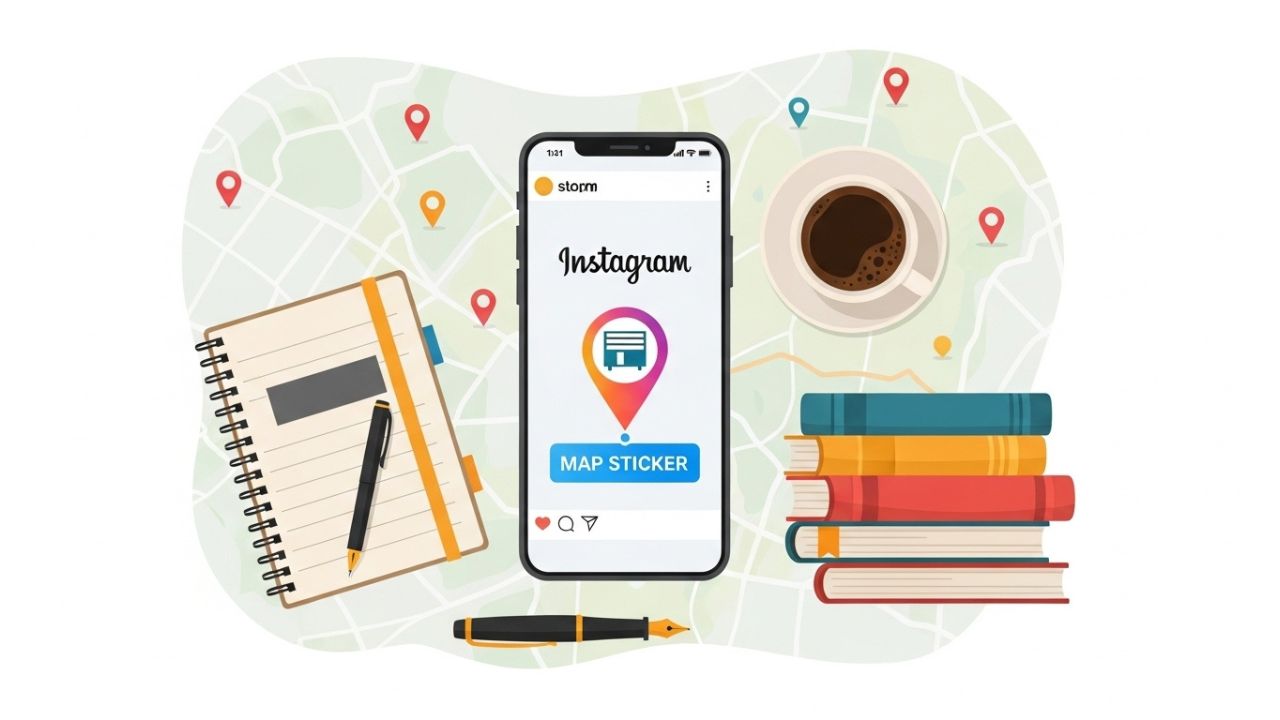In today’s digital landscape, nonprofits face an increasingly competitive environment when it comes to attracting volunteers, donors, and long-term supporters. While traditional volunteer recruitment methods — such as word of mouth, local events, and partnerships — remain valuable, social media has fundamentally reshaped how organizations grow their communities. Among all major platforms, Instagram stands out as one of the most effective tools for recruiting volunteers, thanks to its visual-first design, built-in storytelling features, and direct community engagement mechanisms. 📸✨
Instagram is no longer simply a platform for posting pictures; it is now a dynamic storytelling ecosystem with multiple content formats: Reels, Stories, Lives, carousels, guides, DMs, collaborative posts, and interactive sticker features. For nonprofits, this means unparalleled opportunities to showcase impact, humanize their mission, and mobilize people to take real-world action. And when your goal is volunteer recruitment, every impression, every comment, and every visual touchpoint matters.
This article will provide a comprehensive, deep-dive strategy guide into how nonprofits can use Instagram to effectively recruit volunteers. You will learn everything from the psychology behind social media-driven volunteerism, to the type of content that converts passive viewers into active helpers, to messaging formulas, posting structures, recruitment funnels, and measurable tactics. This is not a lightweight overview — this is a 360° playbook.
Let’s begin. 🚀
1. Understanding Volunteer Motivation in the Instagram Era
Before discussing tactics, nonprofits must understand why people volunteer — especially younger demographics who dominate Instagram’s user base.
Top Motivations for Modern Volunteers
These motivations align strongly with the type of content Instagram supports:
| Motivation Type | Description | How Instagram Supports It |
|---|---|---|
| Purpose-driven action | Desire to contribute to meaningful causes. | Visual storytelling communicates impact naturally. |
| Community belonging | Wanting to feel part of something bigger. | Instagram comments, collab posts, and shared content amplify connection. |
| Recognition | Volunteers want acknowledgment and visibility. | Tagging, spotlight posts, and Stories celebrate them publicly. |
| Skill development | Many seek opportunities to learn or build experience. | Posts can highlight “professional benefits” of volunteering. |
| Social identity | Volunteering aligns with personal branding and values. | Instagram is already identity-centric, making volunteerism “shareable.” |
Understanding these motivations enables nonprofits to create messaging that directly appeals to potential volunteers, increasing engagement and conversion rates substantially.
2. Building a Strong Instagram Foundation for Volunteer Recruitment
If your Instagram profile is unclear, inconsistent, or visually unappealing, even the best recruitment campaign will struggle. Here’s how nonprofits set up a strong foundation.
2.1. Optimize Your Bio for Volunteers
Your Instagram bio should quickly answer:
- What cause do you serve?
- What impact do you create?
- How can someone get involved?
A strong nonprofit bio has:
- ✏️ Clear mission statement
- 🔗 One call-to-action link (website volunteer page, sign-up form, Linktree)
- 📍 Location (if volunteer opportunities are local)
- 📚 Branded hashtags
- 📩 Contact button for email or DMs
Bio Template Example:
Empowering youth through education 🎒📚
Join our mission. Volunteer today ⬇️
🔗 www.yournonprofit.org/volunteer
2.2. Establish a Recognizable Visual Identity
Consistency = trust.
People associate consistency with professionalism, and professionalism with impact.
Set standards for:
- Color palette
- Fonts
- Logo placement
- Photo style (bright, documentary, portrait, etc.)
- Tone of voice
A volunteer recruitment account should feel:
- Energetic
- People-centered
- Authentic
- Impact-driven
Instagram users respond best to real photos of real people, not stock imagery. Your visual identity should highlight community, collaboration, and action. 🌱👥
3. Content Formats That Drive Volunteer Conversion
Instagram provides numerous content types. Each serves a different role in the volunteer recruitment funnel, from awareness → interest → consideration → conversion → retention.
Below is a breakdown of the most powerful formats.
3.1. Reels: The Volunteer Magnet 🎬✨
Reels are currently Instagram’s most algorithm-boosted format, making them ideal for reaching new potential volunteers.
High-impact Reel Ideas
- Behind-the-scenes volunteer day
- “A day in the life of a volunteer”
- Quick transformation videos (before/after projects)
- Testimonial clips
- Volunteer training snippets
- Voiceover storytelling: “Why I volunteer…”
- Fast-paced event recaps
Reel Structure Formula
Hook (0–3 seconds):
💥 Visual shock, bold text, or action (“We need YOU!”)
Story / Value (3–20 seconds):
Show volunteers in action, smiling, contributing, creating impact.
Call-to-action (Last 3 seconds):
“Join us! Link in bio.”
“DM us to volunteer.”
Reels are the single best tool for increasing visibility in the recruitment funnel.
3.2. Carousel Posts: Educate and Inspire 📚➡️
Carousels allow nonprofits to go deep into storytelling, education, and impact.
Effective Carousel Topics
- “5 Ways Volunteering Transforms Communities”
- “Meet Our Volunteer Team”
- “How to Volunteer in 3 Simple Steps”
- “What to Expect on Your First Day”
- “Why We Need You Right Now”
- “Volunteer FAQs”
Carousels serve the consideration stage: they help interested users learn enough to take action.
Carousel Example Structure
- 🎉 Cover page with bold title
- Problem explanation
- Current needs
- Volunteer roles
- Benefits (skills, community, impact)
- How to sign up
- Strong CTA
Carousels save well — and saved posts signal to Instagram that your content is valuable.
3.3. Instagram Stories: The Conversion Workhorse 🔥
Stories excel at real-time communication and recruiting committed volunteers.
Best Story Features for Recruitment
- Polls: “Would you join our next volunteer event?”
- Question box: “Ask us anything about volunteering!”
- Link sticker: Direct to application form.
- Countdown: For volunteer events.
- DM prompt: “Want to help? Send us a message!”
- Takeovers: Let a volunteer run Stories for a day.
Stories build trust, intimacy, and immediacy — three psychological triggers for volunteer decision-making.
3.4. Instagram Live: Build Trust in Real Time 🎥
Live sessions create a human connection.
Live Session Ideas
- Meet the team
- Volunteer training preview
- Q&A with program leaders
- Live event walkthrough
- Testimonial interviews
Live sessions are especially effective at converting volunteers who are on the fence.
3.5. Guides, Highlights, and Collab Posts
Highlights
Organize key volunteer information into permanent categories:
- How to Volunteer
- Events
- Impact Stories
- Volunteer FAQ
- Behind the Scenes
Guides
Combine posts into long-form collections such as:
- “Everything You Need to Know About Volunteering with Us”
Collab Posts
Tagging partner organizations, volunteers, local businesses, or influencers expands reach dramatically.
4. Messaging Tactics That Turn Followers into Volunteers
4.1. Use Emotionally Anchored Storytelling
Stories make missions relatable. They create empathy, urgency, and connection.
Use the HERO Framework:
- H – Hook: “This is Ana. One year ago, she had no access to school.”
- E – Emotion: “She dreamed of becoming a nurse…”
- R – Resolution: “Our volunteers helped her get… ”
- O – Opportunity: “You can help change the next story.”
Emotion inspires action. Data alone does not.
4.2. Use Clear, Actionable CTAs (Call to Actions)
Every piece of content must tell the viewer what to do next.
Strong Volunteer CTAs:
- “Sign up to volunteer — link in bio!”
- “Tap here if you want to help at our next event.”
- “DM us the word Volunteer.”
- “Share this post and tag someone who cares about this cause.”
Weak CTAs result in low conversion. Be direct.
4.3. Speak Like a Community, Not a Corporation
Avoid corporate jargon.
Use human-first language.
Instead of:
“Qualified candidates are requested to fill out the volunteer form via our website.”
Say:
“Want to help? We’d love to have you. You can sign up by tapping the link in our bio. 💛”
Instagram is a social space. Sound like a person.
5. Strategies for Growing an Audience of Potential Volunteers
Even great content will not succeed without a strong and growing audience.
Here are organic growth systems for nonprofits.
5.1. Influencer and Micro-Influencer Partnerships 🌟
Local creators, student ambassadors, and niche influencers can drive massive volunteer traffic.
Types of influencers nonprofits should target:
- Community leaders
- University ambassadors
- Local celebrities
- Mission-aligned creators
- Lifestyle influencers (wellness, sustainability, education, etc.)
Partnership Ideas:
- Co-created Reels
- Takeovers
- Volunteer event participation videos
- Collaborative carousels
- Giveaways (ethical, mission-appropriate)
Micro-influencers (1k–25k followers) often deliver the highest volunteer conversion rates because of stronger audience trust.
5.2. User-Generated Content (UGC) from Volunteers 🤳
Volunteers are often your best marketers.
Encourage them to:
- Film behind-the-scenes clips
- Share their experiences
- Tag your nonprofit
- Use branded hashtags
UGC increases authenticity, reach, and emotional impact.
5.3. Geo-targeted Strategy
If your nonprofit works locally, use:
- Geo-tags
- Local hashtags
- Local influencer partnerships
- Local event posts
Volunteer recruitment is often location-based, so local visibility matters.
5.4. Community Engagement
Instagram rewards engagement.
Increase comments and shares by:
- Asking questions in captions
- Posting interactive Stories
- Responding to comments quickly
- Liking and replying to volunteer content
Social media algorithms amplify active, conversational accounts.
6. Volunteer Recruitment Campaign Blueprint
Below is a structured campaign framework any nonprofit can use.
Week 1: Awareness
Goal: Reach new people.
Tactics:
- Reels highlighting mission
- Influencer collaborations
- Behind-the-scenes volunteer footage
- Carousel explaining the need
KPIs:
- Reach
- New followers
- Profile visits
Week 2: Interest
Goal: Educate and inspire.
Tactics:
- Volunteer testimonials
- Live Q&A
- Stories with polls + question box
- Carousel: “How to Volunteer”
KPIs:
- Saves
- Comments
- DMs
Week 3: Conversion
Goal: Recruit volunteers.
Tactics:
- CTA-focused Reels
- Story countdown for event
- Link sticker to sign-up form
- “Join us this Saturday!” posts
KPIs:
- Form completions
- Website clicks
- DMs with interest
Week 4: Retention
Goal: Keep volunteers engaged.
Tactics:
- Volunteer spotlights
- Thank-you posts
- After-event recap Reel
- Surveys through Stories
KPIs:
- Return volunteers
- Story engagement
- Share rate
7. Best Practices for Nonprofits on Instagram
✓ Be authentic
Real photos > polished stock images.
✓ Showcase people, not statistics
Metrics matter, but human stories move people to volunteer.
✓ Post consistently
Aim for 3–5 posts per week + daily Stories.
✓ Use short, powerful captions
People skim. Make messages punchy.
✓ Celebrate volunteers publicly
Recognition fuels community and retention.
8. Measuring Success: KPIs for Volunteer Recruitment
Below is a simple measurement table.
| Stage | Metric | What It Means |
|---|---|---|
| Awareness | Reach | How many new people see your message |
| Engagement | Saves, shares, comments | Content resonance |
| Conversion | Link clicks, sign-up forms, DMs | Campaign effectiveness |
| Retention | Returning volunteers | Long-term relationship success |
Track metrics weekly to optimize your strategy.
9. Common Mistakes Nonprofits Must Avoid
🚫 Posting only about events
🚫 Using corporate jargon
🚫 Not replying to comments or DMs
🚫 Having no CTA
🚫 Not showing volunteer experiences
🚫 Inconsistent branding
Fix these and your recruitment will improve immediately.
10. The Future of Volunteer Recruitment on Instagram
Instagram is shifting toward:
- More video
- More authenticity
- More social activism
- More creator collaboration
Nonprofits that embrace human-centric storytelling and platform-native content will dominate recruitment in the coming years.
Conclusion: Instagram Is One of the Most Powerful Volunteer Recruitment Tools Available Today
Recruiting volunteers is not only about asking for help — it’s about inspiring people to be part of a meaningful story. Instagram gives nonprofits the perfect medium to share that story through visuals, emotion, community, and authentic connection.
With the strategies in this article — from Reels to messaging, from influencer partnerships to campaign structures — your nonprofit can transform Instagram into a thriving volunteer pipeline.
People want purpose. Your mission is the opportunity they are seeking.
Invite them in. 💙✨🙌


